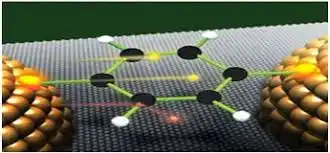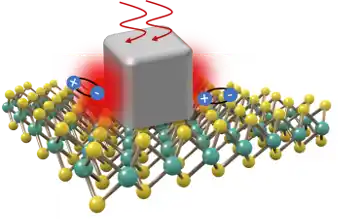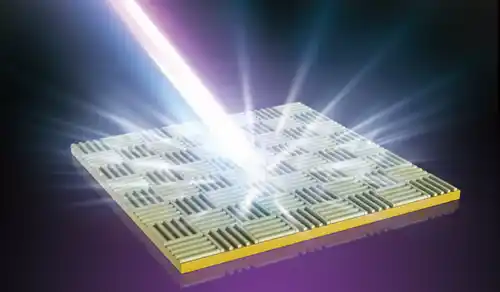افشین رشید
اُستادیار ؛ عضو هیات علمی دانشگاه آزاد اسلامی واحد علوم و تحقیقات تهران
621 یادداشت منتشر شدهTo Form New Structures in Nanoelectronics, Modified Raw Materials are Needed (NanoTransistors and NanoDiodes)

Note: To form new structures in nanoelectronics, modified raw materials are needed (transistors and diodes), and every material around us has a unique energy structure for electrons, and the energy structure of different materials is different from each other.
According to the science of nanoelectronics, in an atom, electrons can only occupy certain atomic orbitals with discrete energy levels. If several atoms are placed together to form a molecule, their atomic orbitals are split due to the influence of the nuclei of each atom on the electrons of all atoms and the Pauli exclusion principle. When a very large number of atoms are placed together to form a crystal, the number of orbitals increases tremendously and as a result their energy levels come close to each other. So that the energy levels appear continuous. In this case, instead of energy levels, bands or bands of allowed electron energy are created. Between these bands are forbidden gaps that electrons similar to the discrete levels in the atom cannot be placed in this gap. In macroscopic and ordinary materials, it consists of energy bands. In different atoms, the distance between the levels is different, and in typical cases, the width of the energy bands and the width of the forbidden region (energy gap) are different.

Changing material properties in the manufacture of nanochips and diodes (nanoelectronics)
Many properties of materials depend on their energy structure, and as the energy structure changes, the properties also change. For example, to make nanochips and diodes, impurity atoms are usually introduced into ordinary semiconductor materials. The introduction of impurity atoms into the structure changes the energy structure and reduces the energy gap, which leads to changes in electrical properties.

To make nanochips in nanoelectronics, we want to reduce a normal material of certain dimensions to nanoscale. When a material is reduced, its atoms are actually reduced. When an atom is separated from the material, its corresponding energy level is also separated from the band structure . Below a certain size (which is much less than 0.11 nanometers), the number of atoms and energy levels decreases so much that the energy bands are converted back to energy levels, meaning the levels are separated from each other and the bands are eliminated. So, by reducing and reaching nanoscale dimensions, in addition to the very large increase in surface area relative to volume, the electron energy bands also become disjointed. Now, a quantity such as the energy of an electron cannot have any value and its energy must be equal to the energy levels.
Laser beams can be made from visible light, X-rays, ultraviolet light, or infrared light. A laser is a type of excited, high-energy light that is not normally seen in nature, but can be created with special technology and equipment
Investigating The Performance of (Buckytubes and Endohystal C۶۰ and C۷۰ Nanofullers) and Diamond in The Manufacture of Nanoelectronic Devices